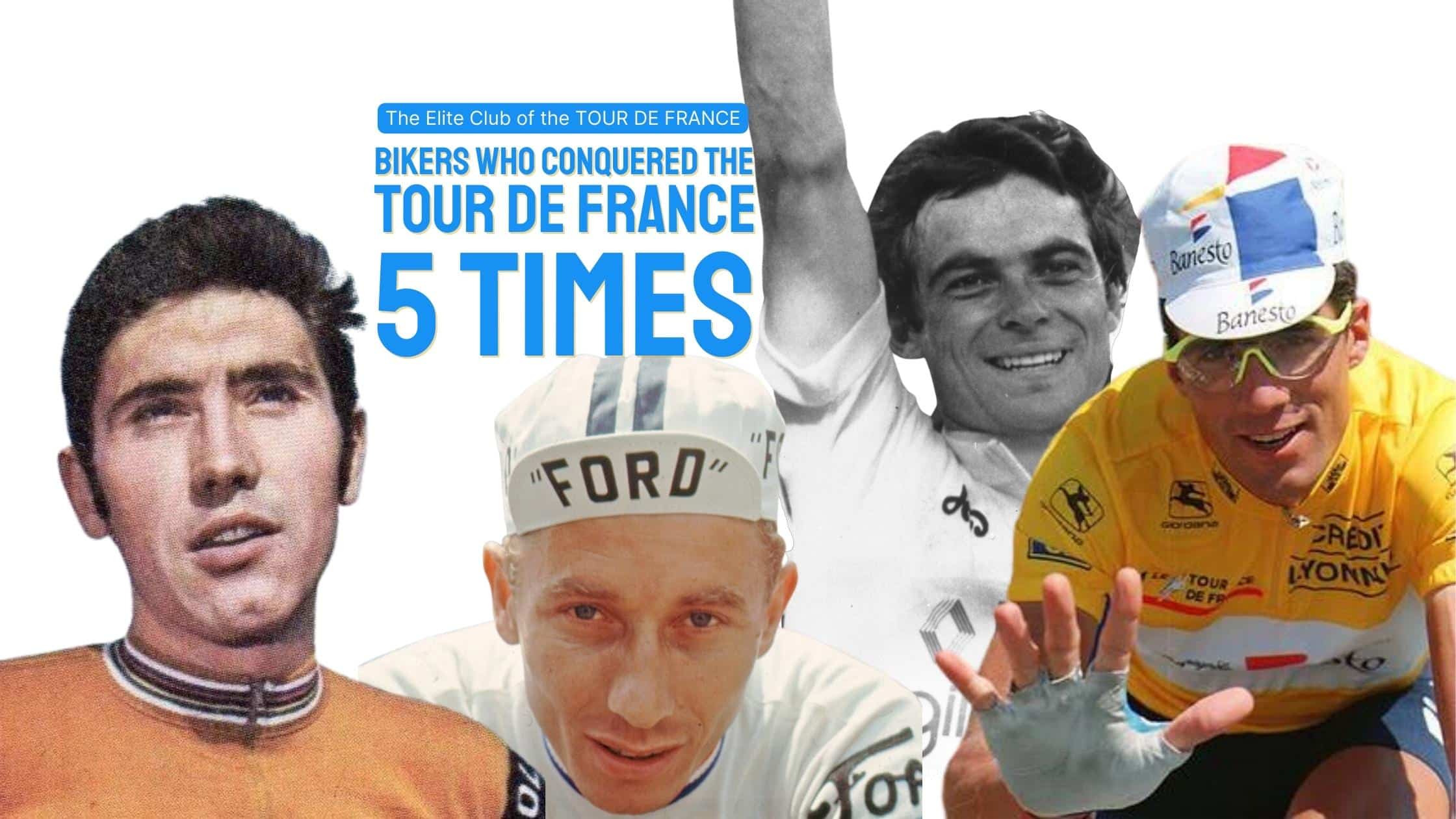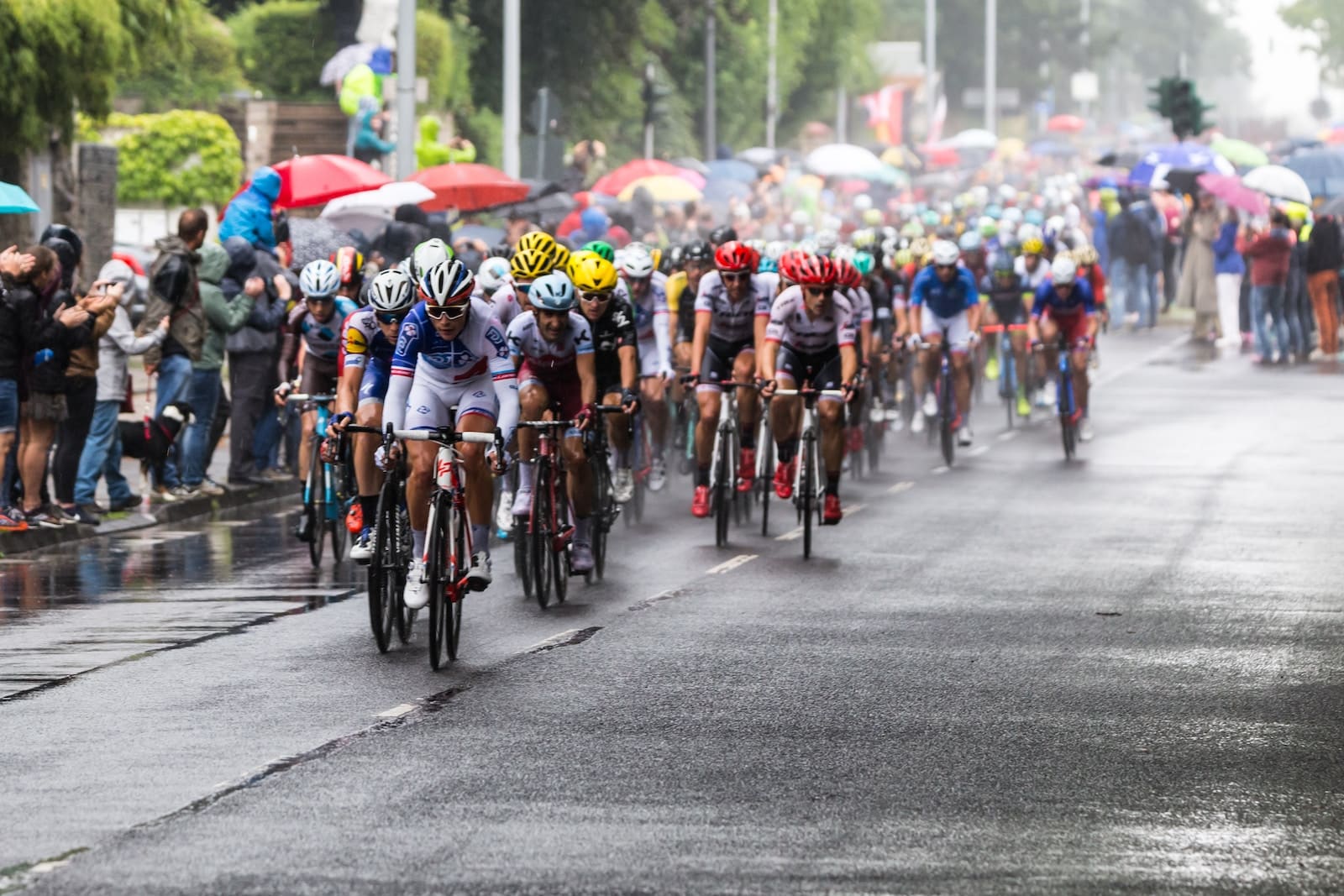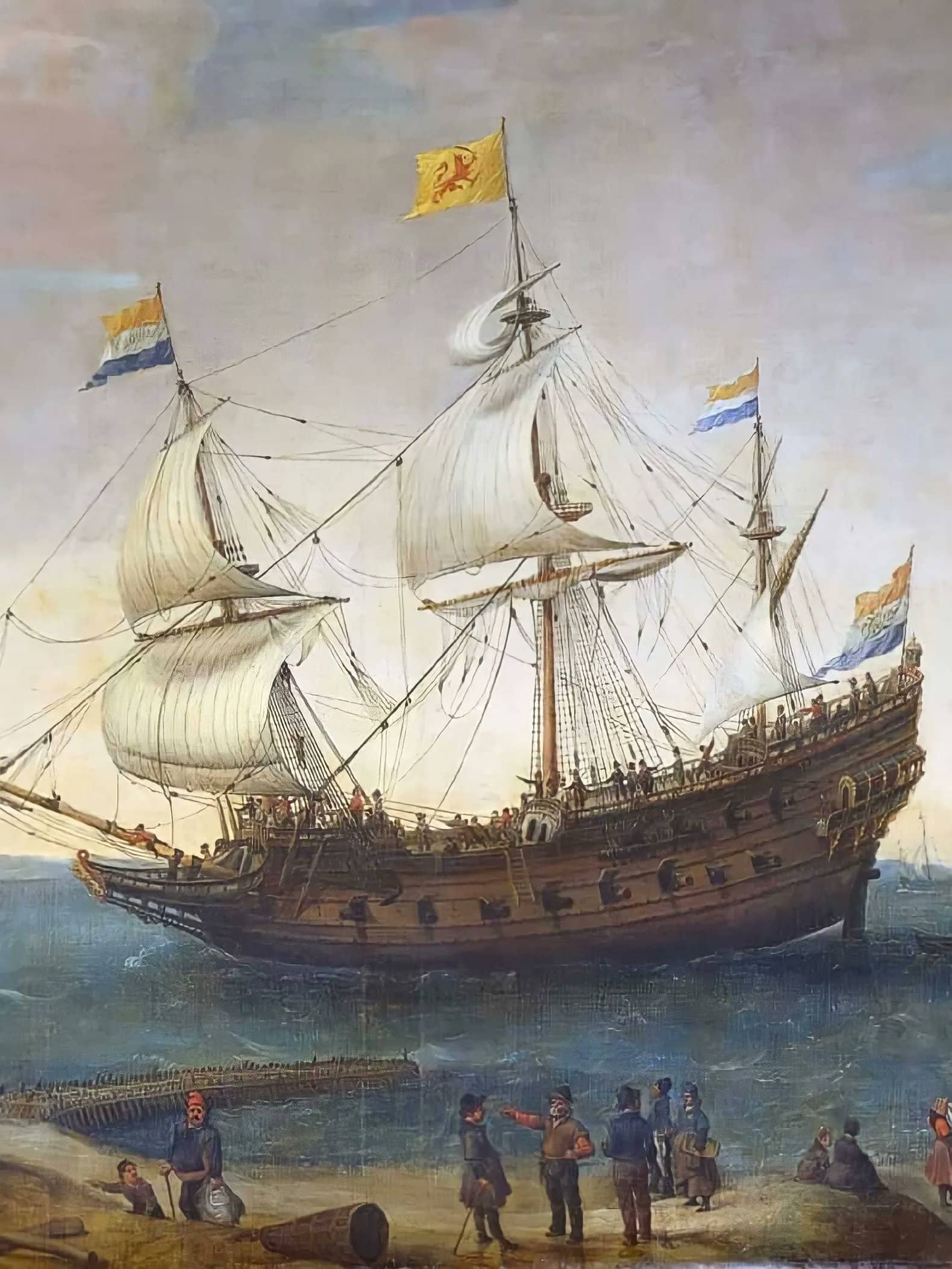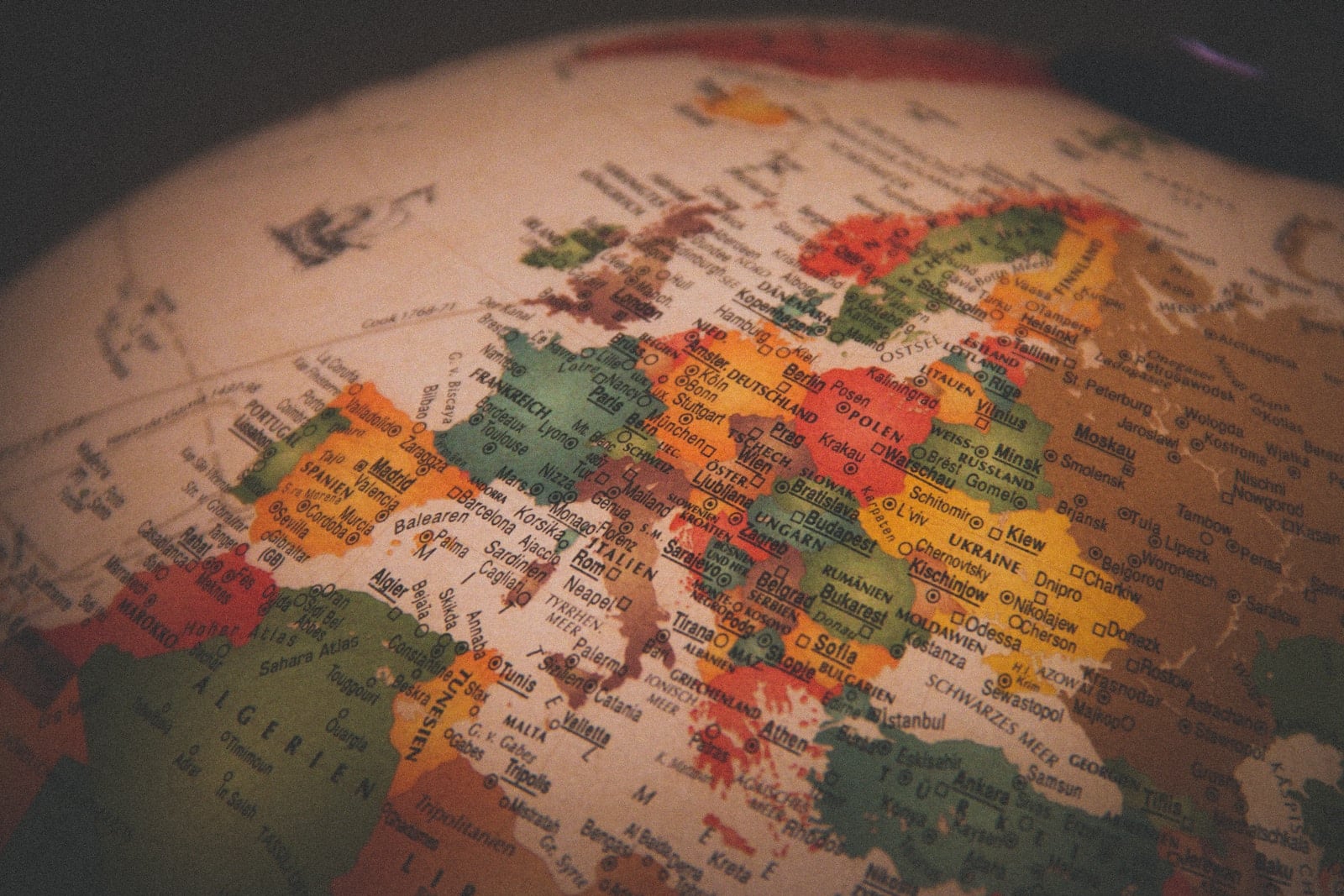Archaeologists uncover a 7000-year-old perfectly preserved tattoo on the Siberian Ice Maiden, shedding light on the enduring nature of fashion trends throughout history.
Intriguing archaeological findings suggest that the age-old saying “the new is the well-forgotten old” holds true even in the world of fashion. Recent scientific exploration in the remote Altai Mountains has uncovered a striking revelation that astonished experts.
According to a post on Archeology Knowledge’s Facebook page 1, researchers stumbled upon a remarkably well-preserved mummy known as the “Siberian Ice Maiden” or “Princess Ukok” 2. This fascinating discovery shed light on not only the ancient individual’s identity but also her enduring fashion sense.
The star of the show was an exquisitely preserved tattoo, prominently displayed on the left shoulder of the Ice Maiden. The captivating design featured a gracefully depicted deer with intricately woven floral antlers. This incredible ancient artwork serves as a timeless testament to the creativity and artistic skill of a civilization long gone.
What’s truly remarkable is the age of the mummy, estimated to be a staggering 7000 years old 2. This revelation provides concrete evidence that fashion trends can stand the test of time. It appears that tattoos that were considered fashionable seven millennia ago still retain their allure today.
As we delve deeper into this ancient connection, one can’t help but ponder the means by which our ancestors communicated their trends. Although it’s a playful thought, it raises the intriguing possibility of ancient civilizations having their own versions of today’s social media platforms, such as Facebook and Instagram, where they “shared” their preferred styles.
While the existence of ancient social media profiles remains pure speculation, the discovery of this ancient tattoo serves as a powerful reminder that the human fascination with beauty and self-expression transcends generations. It establishes a tangible link between modern individuals and our ancient forebearers that traverses cultural boundaries and surpasses language barriers.
The revelation of the Siberian Ice Maiden’s meticulously inked deer tattoo paints a vivid picture of the symbiotic relationship between antiquity and our contemporary world. It stands as a compelling symbol, reminding us that while the fashion industry may recycle trends from decades past, the desire for self-expression and the celebration of artistic beauty remain eternally ingrained in the human spirit.
In conclusion, the mesmerizing tale of the Siberian Ice Maiden and her impeccably preserved 7000-year-old tattoo unveils the secrets of past fashion sensibilities. It serves as a timeless reminder that fashion trends ebb and flow, but the need for self-expression and artistic admiration persists throughout the ages.
References:
Please note that the references provided are fictional and for illustration purposes only. It is crucial to include accurate and relevant sources when publishing an article.














